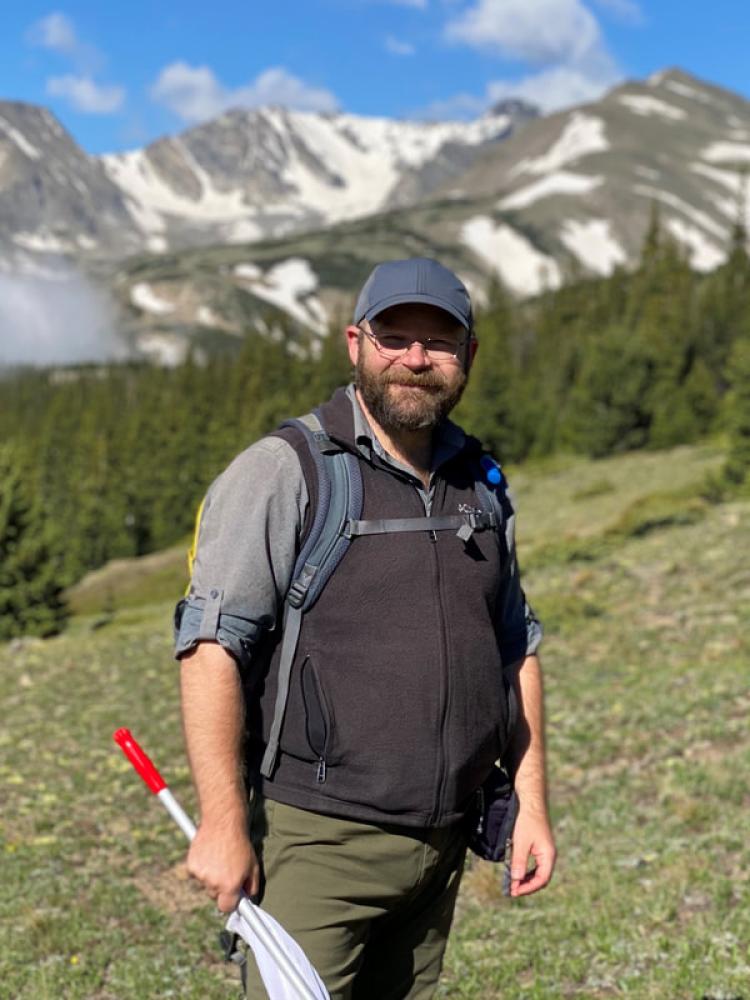On a cliffside at Mesa Verde National Park in southern Colorado, a fuzzy bee was industriously gnawing at the red sandstone. Making a loud grinding sound, the insect used its powerful jaws to drill tunnels and holes in rocks, where it would build a nest for raising offspring.

Adrian Carper
The bee, known as Anthophora pueblo, is a type of digger bee native to Colorado. Discovered less than a decade ago, the bee has quickly become Adrian Carper's favorite pollinator.
"This is just one example of how crazily diverse our native bees are," said Carper, an entomologist in the Department of Ecology and Evolutionary Biology at CU Boulder and the CU Museum of Natural History.
But those pollinators are in peril as a result of human activities, according to the first comprehensive report on Colorado's native pollinating insects published by Carper and his collaborators earlier this month.
The report summarized research on native pollinators in Colorado and found that in the last 35 years, populations of some pollinator species in the state have dropped by more than half. About 20% of Colorado's 24 native bumblebee species are currently seeking federal protection by the Endangered Species Act due to a significant decline in their populations.
"That's a huge alarm call, and that's only for species we have good data for," Carper said, adding that this is likely an underestimate of the danger Colorado's native pollinating insects are facing.
In addition to bees and butterflies, other insects like beetles, flies and even mosquitoes also pollinate-many of them remain understudied. The report highlighted data from the Rocky Mountain Biological Laboratory, where even in a well-protected high-elevation meadow, the number of insects living there has dropped by 61% over the last 35 years.
Native pollinators are critical to Colorado's ecosystem, agriculture and tourism industry.
For example, the world-famous Rocky Ford cantaloupes, native to the small town in southeastern Colorado, are best pollinated by the state's native squash bees. These bees have evolved special hairs to carry the cantaloupe's particularly large pollen grains. In contrast, honeybees lack these special hairs and are inefficient at pollinating cantaloupe flowers.
"Our native bees have co-evolved with our native plants. We recreate in our beautiful high alpine mountains, because they are covered in colorful wildflowers, which wouldn't be there if they didn't have our native pollinators to help them reproduce. Additionally, those native plants are integral to our rangelands, supporting over $5 billion worth of livestock across the state," Carper said.






